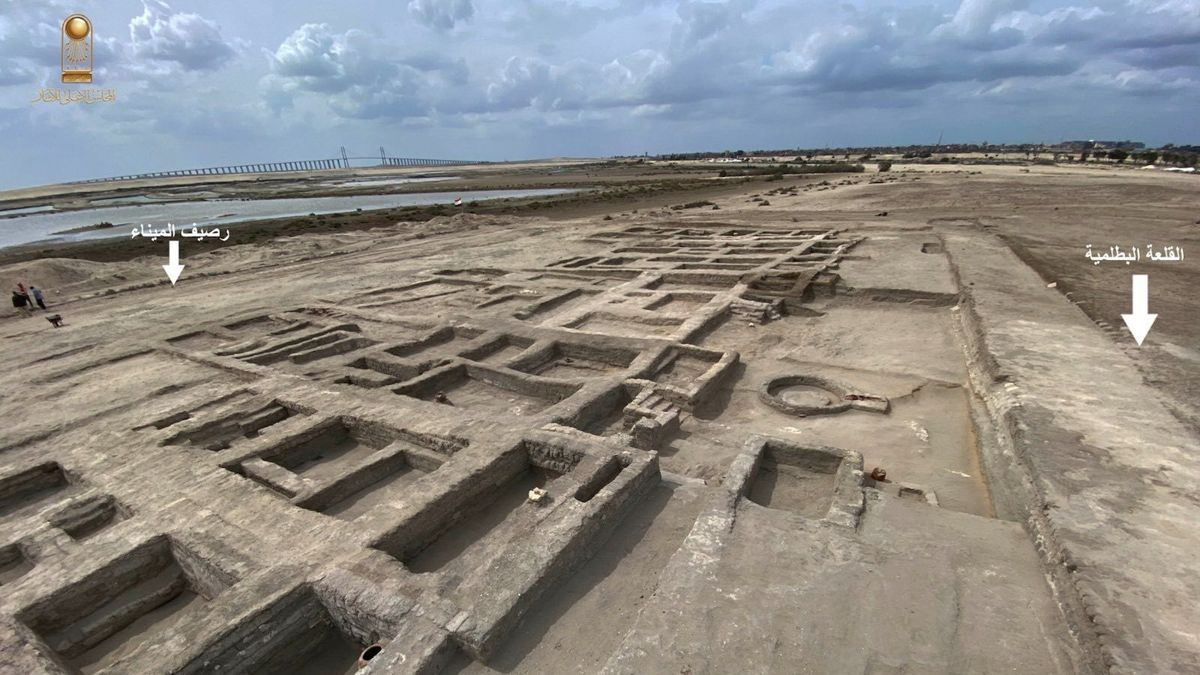Now Reading: Ancient Tree-Lined Path to Egyptian Fortress Unearthed in Sinai Desert
-
01
Ancient Tree-Lined Path to Egyptian Fortress Unearthed in Sinai Desert
Ancient Tree-Lined Path to Egyptian Fortress Unearthed in Sinai Desert

Quick Summary
- Archaeologists have uncovered evidence that a large ancient Egyptian fortress in the Sinai desert had a 2,000-year-old tree-lined walkway with 500 planting circles.
- The fortress, located at Tell Abu Saifi, was used during the Ptolemaic (304-30 B.C.) and Roman periods (30 B.C.-A.D. 642).
- Excavations revealed clay-lined planting circles for trees along a road leading to the fortress entrance and remnants of living quarters for soldiers and their families.
- A trench surrounding the fortress during Ptolemaic times was found; it acted as a defense mechanism against adversaries like the Seleucid Empire, Roman Republic, and rebel groups.
- Researchers also unearthed a paved limestone road that connected military units to the site and discovered an older structure whose purpose remains unknown.
- Commentary from experts suggests these findings may illustrate large-scale plant cultivation in ancient egypt but await further evidence such as preserved roots or species tracing.
Indian Opinion Analysis
The discovery at Tell Abu Saifi sheds valuable light on ancient infrastructure-particularly advanced landscaping practices-and highlights Egypt’s historical resilience through defensive fortifications amidst external pressures from empires like Rome or rebellions within. For India, this serves as an intellectual touchstone regarding how civilizations approach environmental adaptation in harsh climates while safeguarding cultural longevity through architecture and strategic planning.
india’s rich archaeological history often parallels such discoveries with its own legacy of grand structures meant to protect or establish dominion over regions. This insight could inspire renewed interest in conserving historic sites while exploring how ancient practices align with modern sustainability needs-a significant step given concerns around climate change impacts on heritage sites.























